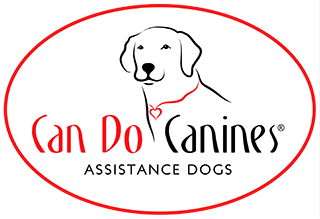Most people think that when getting a new dog, they buy a collar, maybe add a fancy nametag or other important tags to it, and they’re all set to clip a leash to that collar for walks.
A standard collar may not be the best solution for some dogs, though.
Maybe you have a dog that is notorious for slipping out of its collar when it really wants to get to something. Or perhaps you have a strong dog that can sometimes be hard to control on walks.
Let’s break down some great options for dog-walking equipment.
HumaneSociety.org explains three types of common collars.
Flat collar
This is the standard collar for dogs. It has a buckle or plastic snap ("quick-release") closure and a ring for attaching identification tags and leash and is available in many colors and designs. A flat collar should fit comfortably on your dog's neck; it should not be so tight as to choke your dog nor so loose that they can slip out of it. The rule of thumb says you should be able to get two fingers underneath the collar.
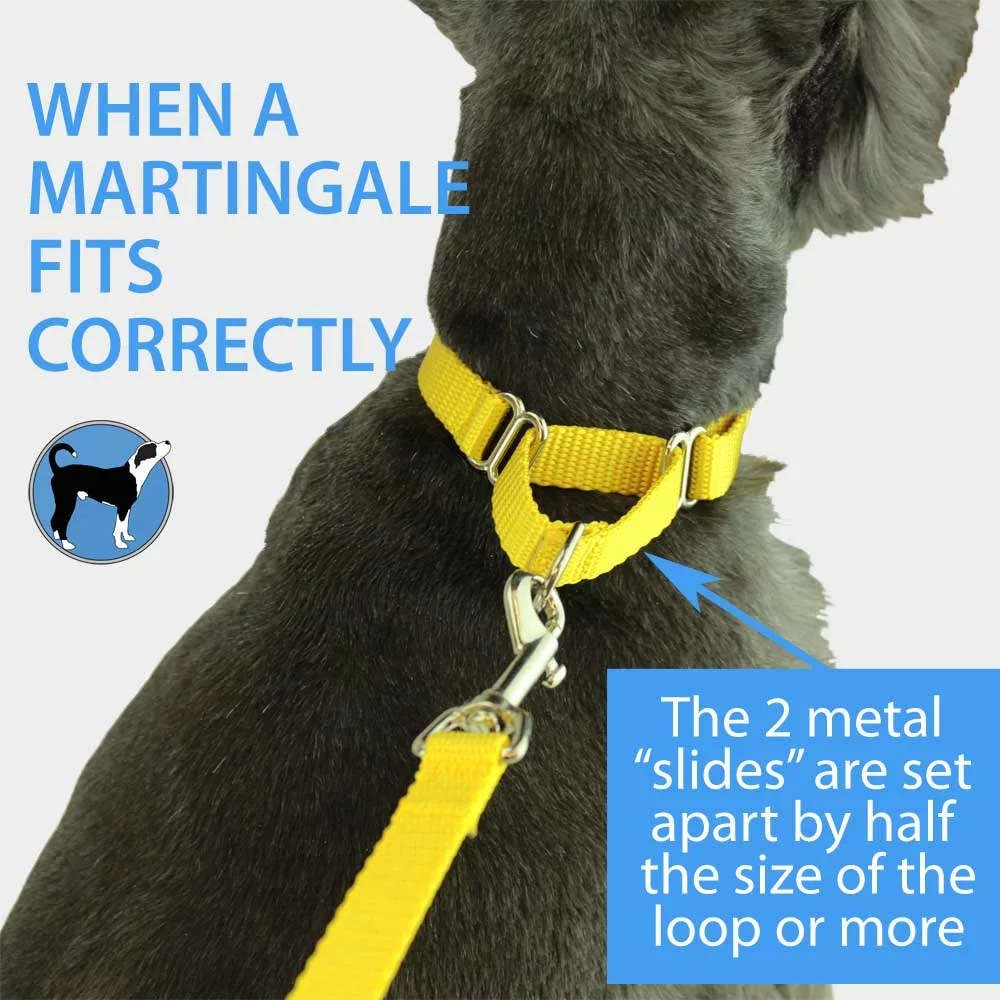 Martingale collar
Martingale collar
The martingale collar is also known as a limited-slip collar. This collar is designed for dogs with narrow heads such as Greyhounds, Salukis, Whippets and other sighthounds. It is also useful for a dog of any breed who is adept at slipping out of their collar or for fearful dogs who may try to retreat while out on a walk. A martingale collar is a must-have for anxious and fearful dogs.
The martingale consists of a length of material with a metal ring at each end. A separate loop of material passes through the two rings. The leash attaches to a ring on this loop. When your dog tries to back out of the martingale, the collar tightens around their neck. If the collar is properly adjusted, it will tighten just to the size of your dog's neck without choking them. This is the most humane collar option for dogs who may slip out of their collars.
Photo credit for martingale collar tip: The Artful Canine
Head collar
The head collar is similar in principle to a horse's halter. One strap of the collar fits around your dog's neck and sits high on the neck, just behind the ears. The other strap forms a loop around your dog's muzzle. The leash attaches to the ring at the bottom of the muzzle loop.
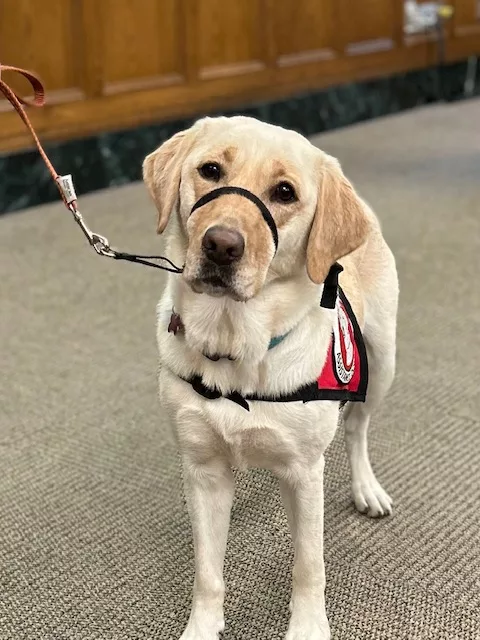
The head collar is good for strong, energetic dogs who may jump and/or pull. Because the halter is around your dog's muzzle, instead of their neck, your dog loses a great deal of leverage and they are unable to pull on the leash with the full weight of their body.
To be effective, the head collar must be properly fitted. As with any training equipment, the head halter is not intended to be used in a jerking or yanking fashion but rather to gently steer your dog in the direction you need them to go. Some manufacturers include instructions and a DVD with the collar. Otherwise, ask your dog trainer or a knowledgeable sales clerk for assistance with fitting. Proper fit and use should minimize the risk of injury to your dog.
It may take some time, patience and lots of treats to get your dog accustomed to wearing a head collar. Put it on them for short periods while giving your dog lots of high-value treats until your dog is comfortable in the collar. Then they should only wear it when you are taking them out on a leash. Don't leave the head collar on your dog all the time; eventually they will manage to pull off the muzzle loop and use it as their chew toy!
We at Can Do Canines often use a head collar known as a gentle leader with our dogs, as shown here. Some people mistake these for muzzles, but they are not.
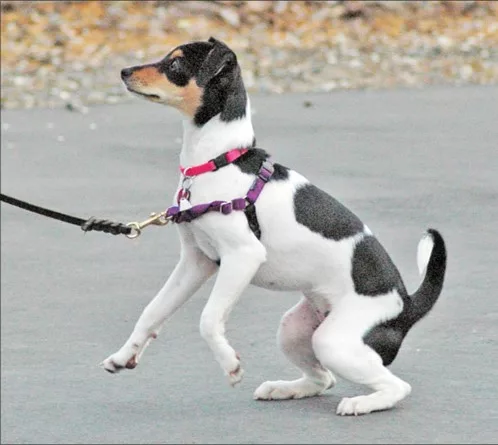 Harness
Harness
A harness (we recommend ones that clip in the front) may be another piece of equipment you want to consider. By wearing a harness, your dog might avoid damaging their throat, escaping the equipment (if the harness is fitted properly), and getting a leash caught under their legs. Many dogs find a harness more comfortable for some of these same reasons, as well as for alleviating back pain. For dogs that experience tracheal collapse (a hacking cough often brought on by excitement, exercise, drinking water, or extreme temperatures), a harness is strongly encouraged.
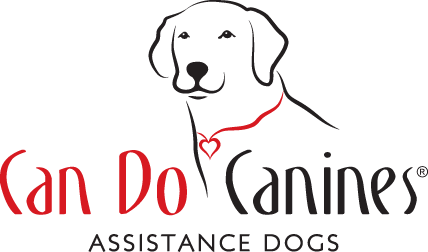
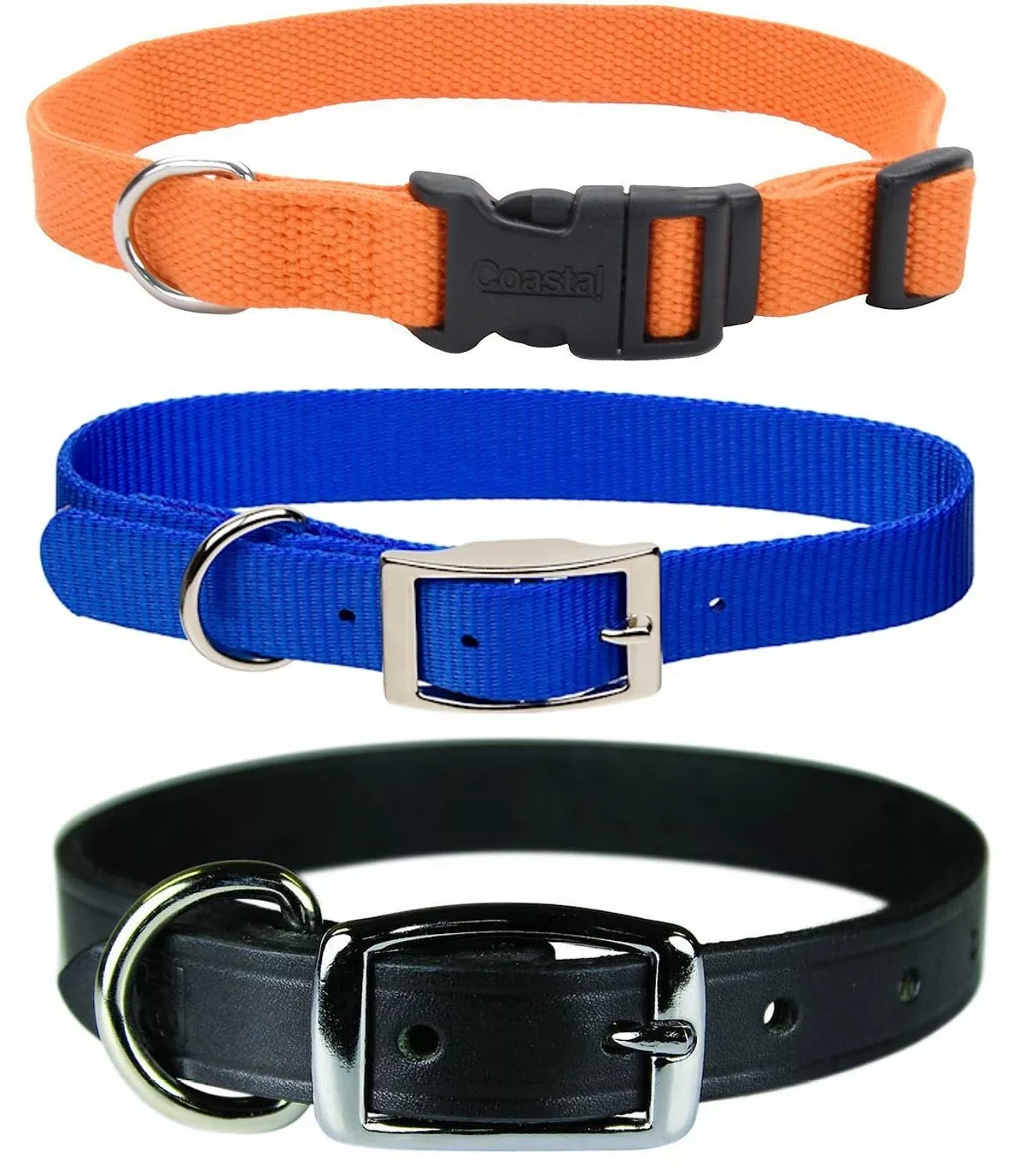
 It takes a team – and tools – to manage diabetes
It takes a team – and tools – to manage diabetes
